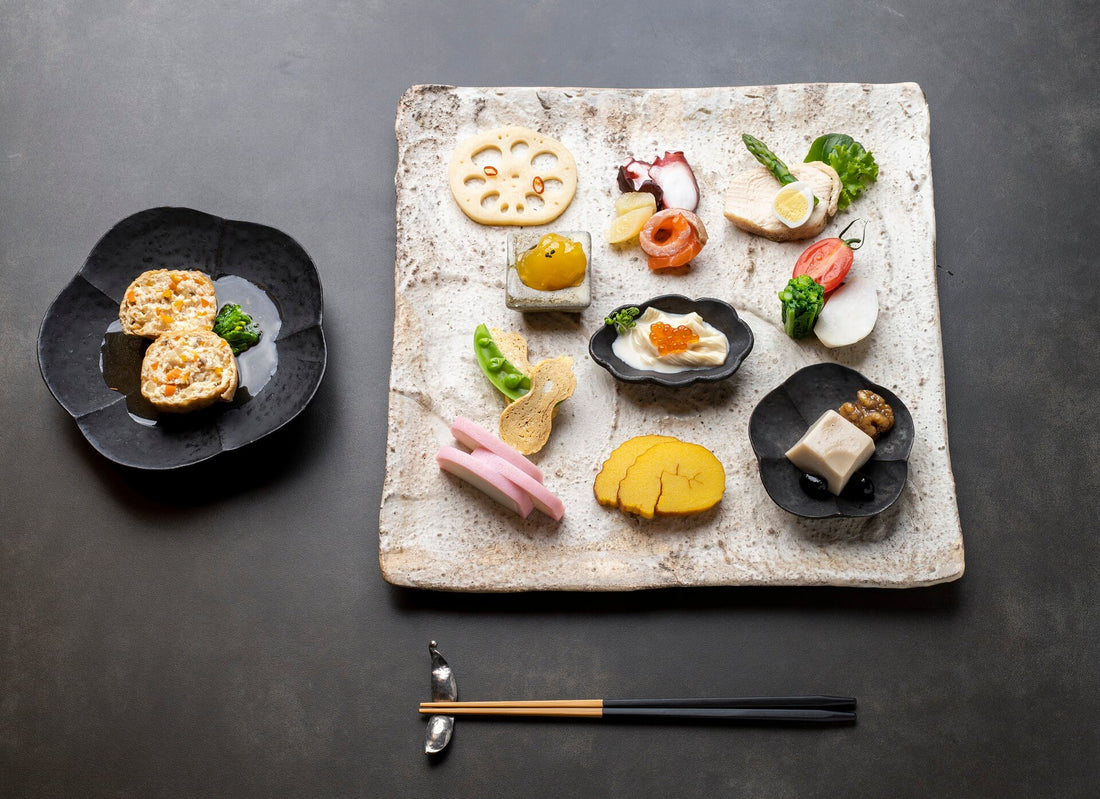What foods are in season during spring in Japan?
Seasonal foods are more nutritious and provide various benefits to you compared to those that are not in season.
Here are the best 5 seasonal foods in Japan, with a little trivia!
Shirasu (baby sardines)
Shirasu is the generic name for young Japanese anchovy and sardine. If it is fresh, you can eat it raw. However, it is not easy to eat shirasu raw except where it is grown. It is usually dried after boiling and then dried. Since shirasu can be eaten bone by bone, it is an efficient source of calcium. Shirasu is also rich in other nutrients, and even babies can eat it. It is convenient because there is no need to remove the bones and skin as is the case with other fish. Shirasu from Hyogo prefecture is especially good quality and fresh! It is best eaten as sashimi at this time of the year when it is in season!
Aji (Horse mackerel)
Aji is so delicious that its name comes from its "good taste(Taste is “Aji” in Japanese)”. The season differs slightly depending on the species, but aji is rich in nutrients such as DHA, EPA, calcium, and potassium. To recognize a good aji, choose one with a rounded head and a good meaty flesh. If it is too large, there is a high possibility that the fat is unevenly distributed or the meat is dry. As the freshness of aji fades, the eyes gradually become cloudy. Select those with clear black eyes.
Sakuranbo (Cherries)
Cherries are a treasure trove of vitamins! Eating cherries provides a rich and well-balanced intake of vitamins such as vitamins B1 and B2, vitamin C, and β-carotene, and can be expected to have a tremendous effect on beautiful skin. In Chinese medicine, cherries are regarded as an ingredient for beautiful skin that prevents skin from drying out and improves complexion, so you will want to eat them every day when they are in season. Cherries commonly distributed in the U.S. contain more polyphenols than those from Japan. Cherries tend to lose their freshness easily and do not last long, so it is recommended to eat them as soon as possible after purchase. The secret to keeping them tasty is to wrap them in kitchen paper to prevent them from drying out, and then store them in the vegetable room to prolong their freshness.
Zenmai (royal fern)
Zenmai is a wild vegetable, often eaten as a snack with sake. It is crunchy and low in calories. It contains nutrients such as dietary fiber, which helps regulate the intestinal environment, potassium, which helps eliminate salt, and vitamin C, which is good for the skin. Because of its low calorie content, it is recommended as a diet food in Japan.
Lettuce
Many people may think that lettuce has almost no nutrients. In fact, lettuce is about 95% water, and only about 5% other nutrients. However, this 5% contains a good balance of nutrients necessary for you. It is expected to be effective in beautifying skin, anti-aging, and reducing swelling! The recommended way to eat lettuce is to make a salad and pour a dressing with oil. The β-carotene and vitamin E contained in lettuce are fat-soluble vitamins, and their absorption rate is greatly increased when eaten with oil.
Incorporate seasonal foods into your daily life♡






